 I shook the hand of rockabilly legend Robert Gordon, after he played the Jesse Malin Christmas Show in the Bowery Ballroom in the Lower East Side, New York. Despite being well into his 70s, he still had a powerful grip, the grip of a farmer. I would not want to get into a ballroom brawl with him, even in his sunset years. Click to Read More...
I shook the hand of rockabilly legend Robert Gordon, after he played the Jesse Malin Christmas Show in the Bowery Ballroom in the Lower East Side, New York. Despite being well into his 70s, he still had a powerful grip, the grip of a farmer. I would not want to get into a ballroom brawl with him, even in his sunset years. Click to Read More...
Technique
2021
Tue, 21 Dec 2021
Sun, 19 Dec 2021
 Science wins out, if barely, and only because it actually works. By the 1500s, most people knew of the stars, if only because they were the basis of time-keeping and the calendar. They lost interest when the astronomy turned to the talk of numbers and formula. But this did not dim their view of what the movement of the stars could foretell, in their minds. And as long as the astrologers kept predicting dire outcomes, they would be proven right often enough in those turbulent times.
Click to Read More...
Science wins out, if barely, and only because it actually works. By the 1500s, most people knew of the stars, if only because they were the basis of time-keeping and the calendar. They lost interest when the astronomy turned to the talk of numbers and formula. But this did not dim their view of what the movement of the stars could foretell, in their minds. And as long as the astrologers kept predicting dire outcomes, they would be proven right often enough in those turbulent times.
Click to Read More...
Sun, 28 Nov 2021
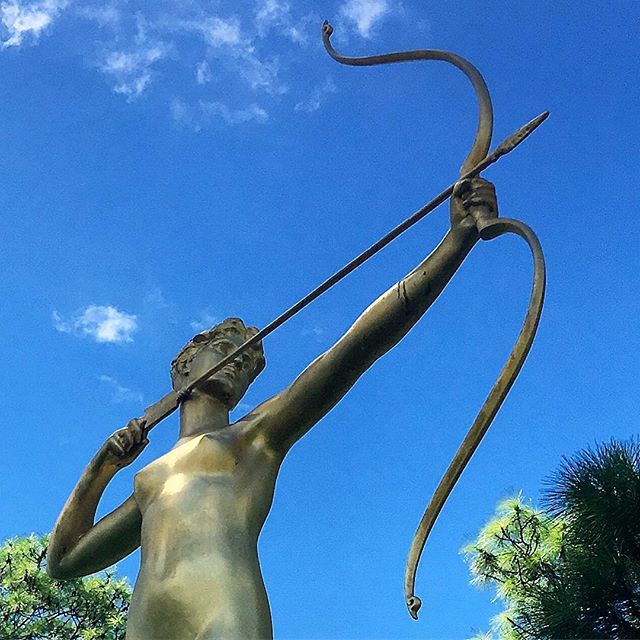 One limitation of using MySQL for home use is the lack of an undo button. One sloppy MySQL statement can wipe out an entire column of data, or so I found recently. And while MySQL has a variety of backup and restore mechanisms, they do not work if you do not actually use them. Fortunately, if you are using DigitalOcean droplets, I found that you can still restore a corrupted database, by this crude but nonetheless effective hack. Here is how. Click to Read More...
One limitation of using MySQL for home use is the lack of an undo button. One sloppy MySQL statement can wipe out an entire column of data, or so I found recently. And while MySQL has a variety of backup and restore mechanisms, they do not work if you do not actually use them. Fortunately, if you are using DigitalOcean droplets, I found that you can still restore a corrupted database, by this crude but nonetheless effective hack. Here is how. Click to Read More...
Fri, 12 Nov 2021
 The 15th century humanists, as they came to be known, were obsessed with restoring, editing and evaluating ancient Greek texts. They rebelled against medieval schooling, which hammered on logic and theology, and instead sought the more exalted thinking of the Ancients. This work proved to be groundbreaking, for it led to serious contemplation of what Aristotle, Hippocrates and Ptolemy were actually saying, and how much of it was true. In effect, these evaluations were the seeds of original thought. Click to Read More...
The 15th century humanists, as they came to be known, were obsessed with restoring, editing and evaluating ancient Greek texts. They rebelled against medieval schooling, which hammered on logic and theology, and instead sought the more exalted thinking of the Ancients. This work proved to be groundbreaking, for it led to serious contemplation of what Aristotle, Hippocrates and Ptolemy were actually saying, and how much of it was true. In effect, these evaluations were the seeds of original thought. Click to Read More...
Sun, 07 Nov 2021
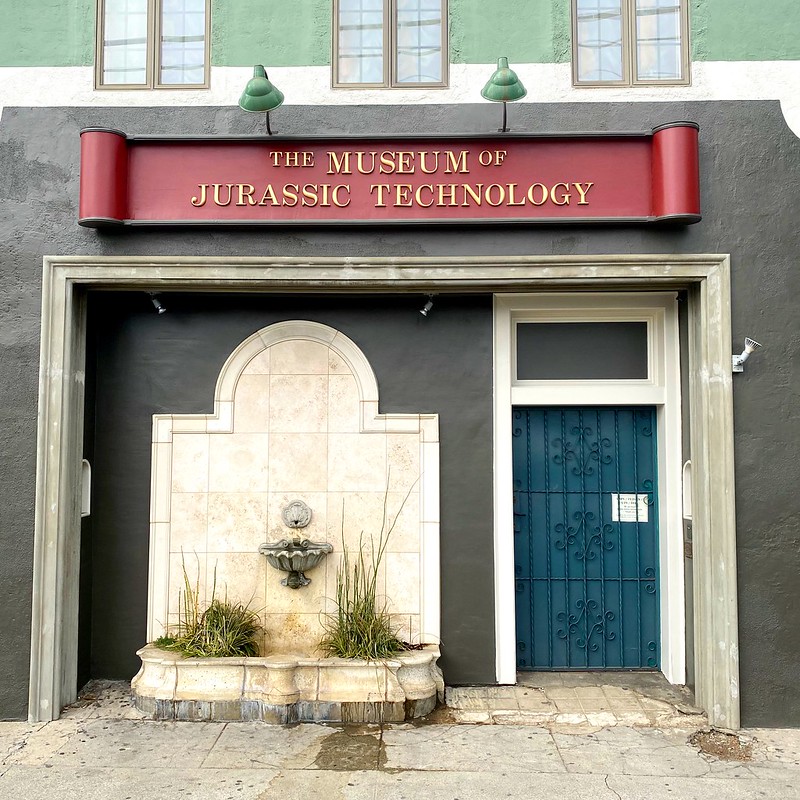 Photography in not permitted inside the Museum of Jurassic Technology, but in a sense it does not matter. Photos of the exhibits would be meaningless, if not a harmful source of information once escaped into the outside world. The proprietor, David Hildebrand Wilson, has little insight to offer regarding the contents of his museum, which occupies an unassuming Venice Boulevard townhouse in Culver City California, deep in the heart of Los Angeles. And even the most thorough of note taking -- The gift shop helpfully sells notebooks and heavyweight pens -- will still leave you wondering what you just saw, and what you thought you learned.
Click to Read More...
Photography in not permitted inside the Museum of Jurassic Technology, but in a sense it does not matter. Photos of the exhibits would be meaningless, if not a harmful source of information once escaped into the outside world. The proprietor, David Hildebrand Wilson, has little insight to offer regarding the contents of his museum, which occupies an unassuming Venice Boulevard townhouse in Culver City California, deep in the heart of Los Angeles. And even the most thorough of note taking -- The gift shop helpfully sells notebooks and heavyweight pens -- will still leave you wondering what you just saw, and what you thought you learned.
Click to Read More...
Sun, 10 Oct 2021
![]() From small things, big things one day come, so argues James Clear in his book, Atomic Habits. Making major changes in your life require not so much great upheavals to the daily routine, but rather lots of small, concrete steps in the desired direction. Small changes in daily habits may not seem significant, but they are the compound interest of self-improvement -- or of self-destruction. Click to Read More...
From small things, big things one day come, so argues James Clear in his book, Atomic Habits. Making major changes in your life require not so much great upheavals to the daily routine, but rather lots of small, concrete steps in the desired direction. Small changes in daily habits may not seem significant, but they are the compound interest of self-improvement -- or of self-destruction. Click to Read More...
Mon, 06 Sep 2021
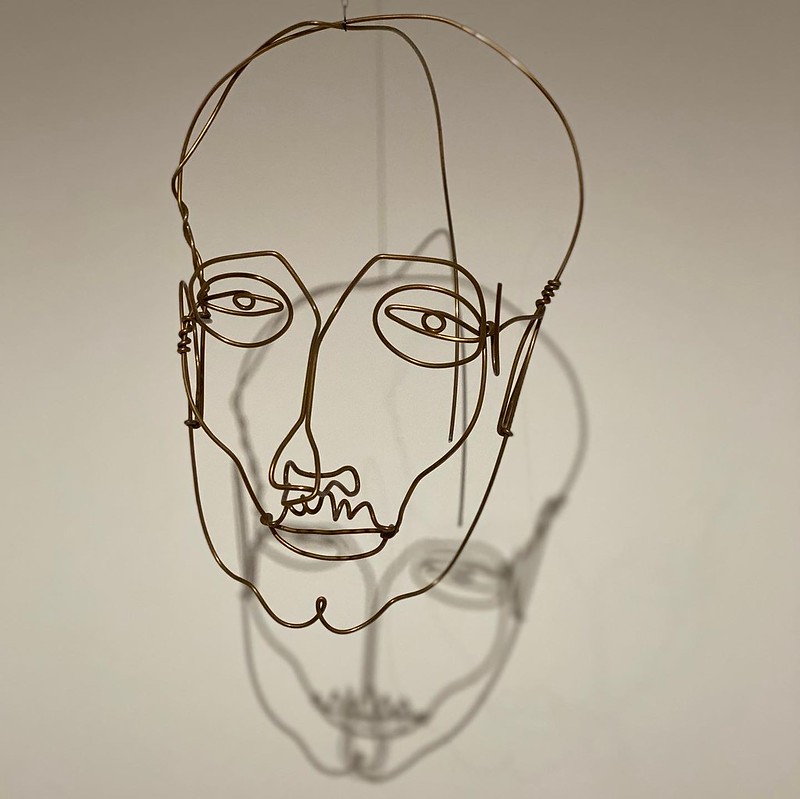 The reviews that came in from the press on the debut of Duke Ellington's planned magnum opus were mixed at best. The highbrow classical music critics were less than impressed. Even the jazz critics skirted around the question of how much delight they took in the evening's signature piece, "Black, Brown, and Beige: A Tone Parallel to the History of the American Negro." The night, January 23, 1943 could not have provided a more well-articulated juncture between two worlds, the European-dominated "serious" classical music and the jazz sensibilities emerging from the dance floor with an entirely new set of aesthetics. Click to Read More...
The reviews that came in from the press on the debut of Duke Ellington's planned magnum opus were mixed at best. The highbrow classical music critics were less than impressed. Even the jazz critics skirted around the question of how much delight they took in the evening's signature piece, "Black, Brown, and Beige: A Tone Parallel to the History of the American Negro." The night, January 23, 1943 could not have provided a more well-articulated juncture between two worlds, the European-dominated "serious" classical music and the jazz sensibilities emerging from the dance floor with an entirely new set of aesthetics. Click to Read More...
Mon, 09 Aug 2021
 If you were trainwatching in the late 1970s, especially in the northeast U.S., you never knew quite what you would see, thanks to the all bankruptcy-related railroad mergers at the time. It was an exciting time to be a railfan, it turns out, truly the twilight of the railroads as a major force in the country. The U.S. industrial era was drawing to a close. The great amounts of coal mined from the mountains were no longer needed to serve the factories in the Midwest. And the railroads were shrinking, fast. Click to Read More...
If you were trainwatching in the late 1970s, especially in the northeast U.S., you never knew quite what you would see, thanks to the all bankruptcy-related railroad mergers at the time. It was an exciting time to be a railfan, it turns out, truly the twilight of the railroads as a major force in the country. The U.S. industrial era was drawing to a close. The great amounts of coal mined from the mountains were no longer needed to serve the factories in the Midwest. And the railroads were shrinking, fast. Click to Read More...
Sat, 07 Aug 2021
 Friday night, I made dinner ($18) with a couple of offerings from Bushwick street vendors. The Red Tacos, or Birria Tacos, are a Mexican dish that seem to be catching on quickly in NYC, or at least in my neighborhood of Bushwick. The red tortillas for the fried birria tacos, quesabirrias and mulitas get their flavor from the drippings of the barbecued carnitas prepared for the dish. The accompanying consomme, into which you can dip your tacos, is also made from the drippings. So good. Click to Read More...
Friday night, I made dinner ($18) with a couple of offerings from Bushwick street vendors. The Red Tacos, or Birria Tacos, are a Mexican dish that seem to be catching on quickly in NYC, or at least in my neighborhood of Bushwick. The red tortillas for the fried birria tacos, quesabirrias and mulitas get their flavor from the drippings of the barbecued carnitas prepared for the dish. The accompanying consomme, into which you can dip your tacos, is also made from the drippings. So good. Click to Read More...
Sat, 24 Jul 2021
 Mako is a template engine for Python. A Python program built to generate a HTML-formatted page can use Mako to populate data on that Web page, with the custom data added in that was generated or imported by Python itself. Here is how to use Mako to insert data, imported by Python, to a customized Web page. Click to Read More...
Mako is a template engine for Python. A Python program built to generate a HTML-formatted page can use Mako to populate data on that Web page, with the custom data added in that was generated or imported by Python itself. Here is how to use Mako to insert data, imported by Python, to a customized Web page. Click to Read More...
Thu, 22 Jul 2021
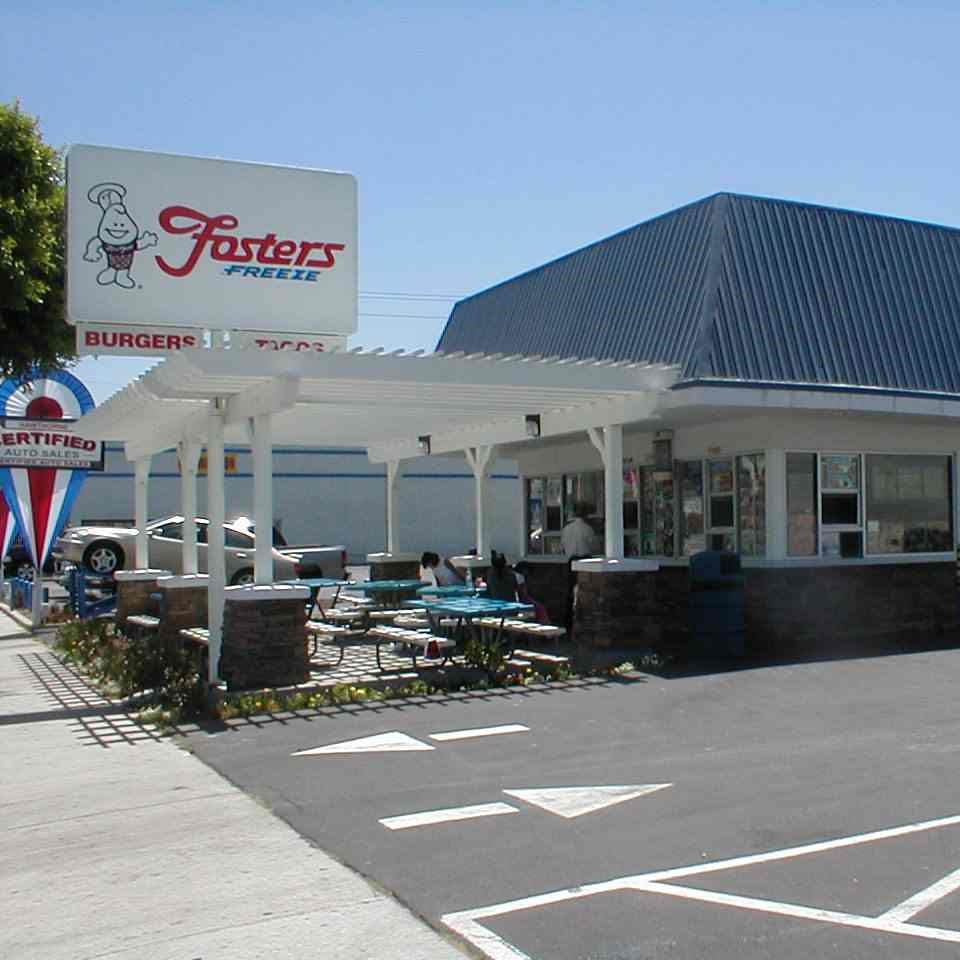 Jan Berry, the mastermind behind Jan & Dean, was never an easy guy to lionize. He was the opposite of Brian Wilson, the shy mastermind behind the Beach Boys. Jan was ruthlessly ambitious, brash, outgoing high school jock, even bullying at times. He certainly enjoyed his share of white privilege, right up until he plowed his Vette into the back of a parked truck. And while The Beach Boys have become an institution of popular music, and even a part of the California mythos itself, Jan & Dean never could make the transition to more serious, sophisticated pop music. The fame of Jan & Dean took some weirdly dark turns, before shrinking unceremoniously from public view in the late 1960s. Click to Read More...
Jan Berry, the mastermind behind Jan & Dean, was never an easy guy to lionize. He was the opposite of Brian Wilson, the shy mastermind behind the Beach Boys. Jan was ruthlessly ambitious, brash, outgoing high school jock, even bullying at times. He certainly enjoyed his share of white privilege, right up until he plowed his Vette into the back of a parked truck. And while The Beach Boys have become an institution of popular music, and even a part of the California mythos itself, Jan & Dean never could make the transition to more serious, sophisticated pop music. The fame of Jan & Dean took some weirdly dark turns, before shrinking unceremoniously from public view in the late 1960s. Click to Read More...
Sat, 05 Jun 2021
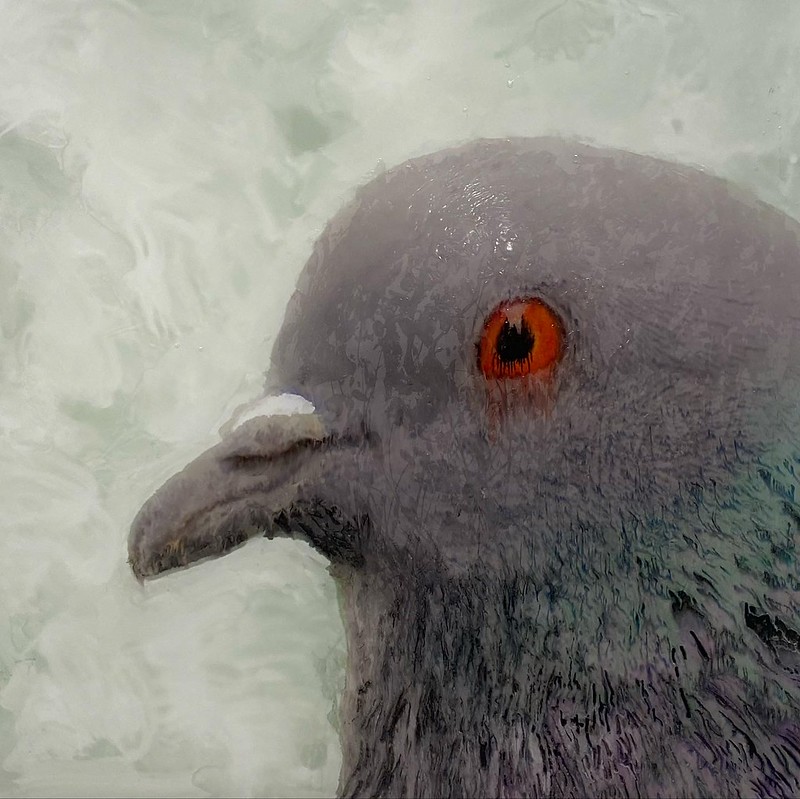 When you are supposed to go up, climb to the top of the highest tower. When you are supposed to go down, go down to the bottom of the deepest well. That was the advice offered by Mr. Honda, the deaf war veteran prophet in The Windup-Bird Chronicle published in 1998 by Japanese novelist Haruki Murakami. Do not resist the flow, but do not move when the flow is not there. And always, always be very aware of water. Click to Read More...
When you are supposed to go up, climb to the top of the highest tower. When you are supposed to go down, go down to the bottom of the deepest well. That was the advice offered by Mr. Honda, the deaf war veteran prophet in The Windup-Bird Chronicle published in 1998 by Japanese novelist Haruki Murakami. Do not resist the flow, but do not move when the flow is not there. And always, always be very aware of water. Click to Read More...
Sat, 22 May 2021
 I got a tip, from the checkout cashier at the Queens Trader Joes, that Fig Newtons go really, really well with Scotch, of all things. Who would have guessed? I vowed to try this, but I do not drink Scotch. I mean, who drinks Scotch? This rattled around in my head for a bit, until I ended up in a favorite Bushwick watering hole, with a favorite Bushwick bartender, Lucille, who put it to the empirical test. Click to Read More...
I got a tip, from the checkout cashier at the Queens Trader Joes, that Fig Newtons go really, really well with Scotch, of all things. Who would have guessed? I vowed to try this, but I do not drink Scotch. I mean, who drinks Scotch? This rattled around in my head for a bit, until I ended up in a favorite Bushwick watering hole, with a favorite Bushwick bartender, Lucille, who put it to the empirical test. Click to Read More...
Tue, 11 May 2021
 It is surprising to think that large swaths of the United States were not fully mapped out even as little as 200 years ago. At first a scientific oddity, the geologic map, invented by scientific hobbyist William Maclure, proved to be essential reading for rugged frontier entrepreneurs of the early 19th century. It paved the way, literally, for the industrial age. But it was not Maclure alone who popularized this map, but rather New Harmony, a repurposed failed-Utopian community built in part by Maclure himself in order to bring science to the people. It is a crazy story.
Click to Read More...
It is surprising to think that large swaths of the United States were not fully mapped out even as little as 200 years ago. At first a scientific oddity, the geologic map, invented by scientific hobbyist William Maclure, proved to be essential reading for rugged frontier entrepreneurs of the early 19th century. It paved the way, literally, for the industrial age. But it was not Maclure alone who popularized this map, but rather New Harmony, a repurposed failed-Utopian community built in part by Maclure himself in order to bring science to the people. It is a crazy story.
Click to Read More...
Fri, 30 Apr 2021
 This Month: The inherent complexity of asynchronous design; Why GitOps is not a good match for Kubernetes, The three constraints needed for algorithmic randomness; do we need HTTPS for everything? Prophets vs. scientists; Monkeys decomposing a monolith; The rate of change and the accumulation of change; And More! Click to Read More...
This Month: The inherent complexity of asynchronous design; Why GitOps is not a good match for Kubernetes, The three constraints needed for algorithmic randomness; do we need HTTPS for everything? Prophets vs. scientists; Monkeys decomposing a monolith; The rate of change and the accumulation of change; And More! Click to Read More...
Sun, 11 Apr 2021
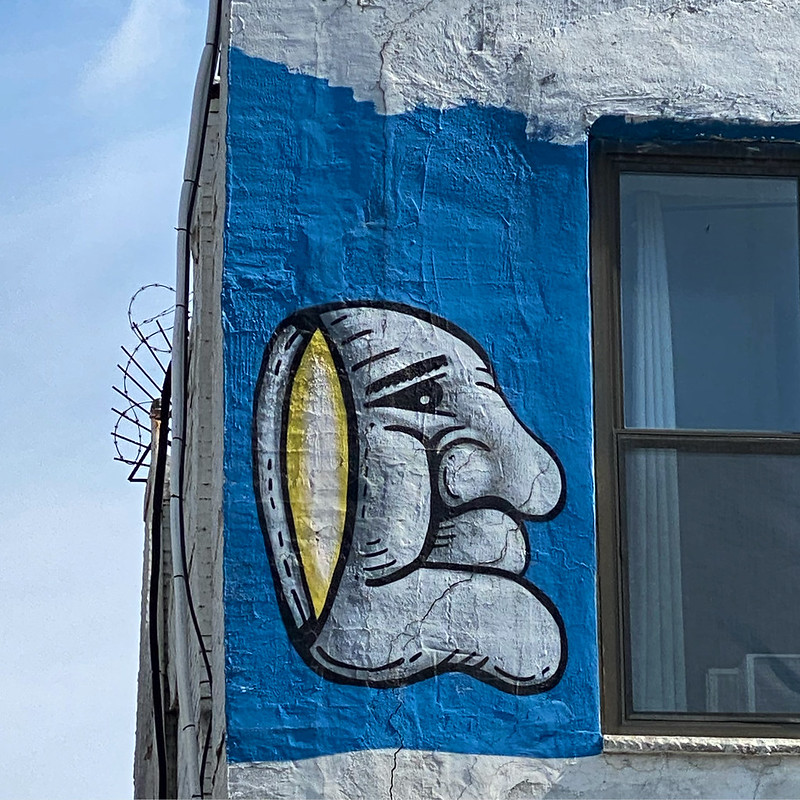 What makes for human intelligence? Decision making -- to decide based on both past experiences, as well as the ability to decide about novel situations, those with no precedent. And this is how machines can learn as well, so the reasoning goes. To characterizing personal motivation, one always acts in the desire of a positive outcome. Games, such as checkers, are a simple example of this drive. Every move a player makes has the same objective, to win. Not surprisingly, the first work around artificial intelligence, from the 1950s, taught computers how to play checkers.
Click to Read More...
What makes for human intelligence? Decision making -- to decide based on both past experiences, as well as the ability to decide about novel situations, those with no precedent. And this is how machines can learn as well, so the reasoning goes. To characterizing personal motivation, one always acts in the desire of a positive outcome. Games, such as checkers, are a simple example of this drive. Every move a player makes has the same objective, to win. Not surprisingly, the first work around artificial intelligence, from the 1950s, taught computers how to play checkers.
Click to Read More...
Sun, 04 Apr 2021
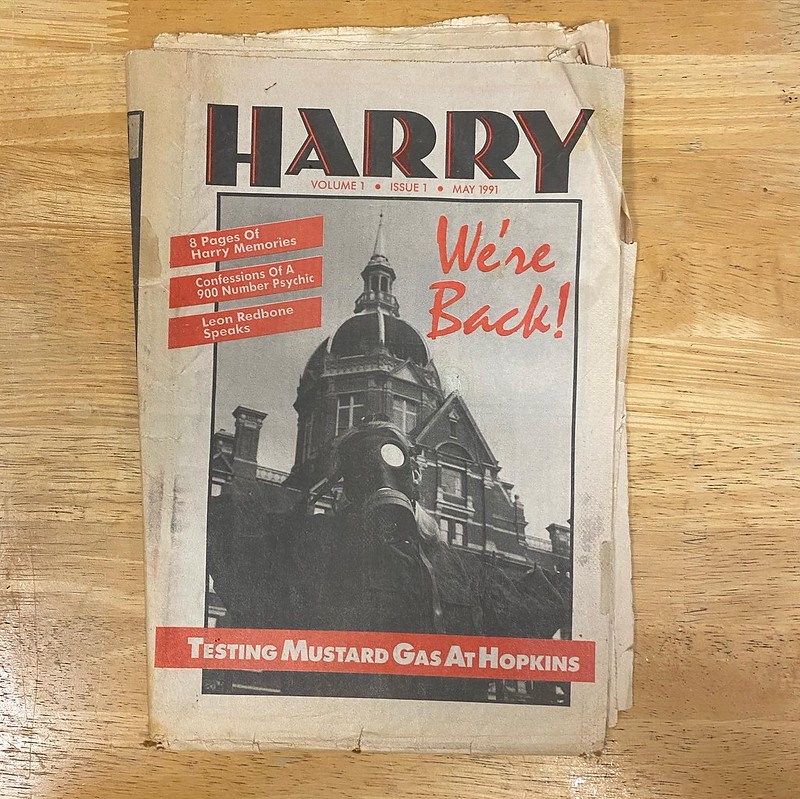 I started my journalism/writing career 30 years ago with HARRY,the original underground hippie newspaper of Baltimore. Of course, HARRY was around way before I came along in 1991. First rolling off the presses in 1969, HARRY was serious hippie stuff. It was the newspaper of the streets, of the revolution. Click to Read More...
I started my journalism/writing career 30 years ago with HARRY,the original underground hippie newspaper of Baltimore. Of course, HARRY was around way before I came along in 1991. First rolling off the presses in 1969, HARRY was serious hippie stuff. It was the newspaper of the streets, of the revolution. Click to Read More...
Wed, 31 Mar 2021
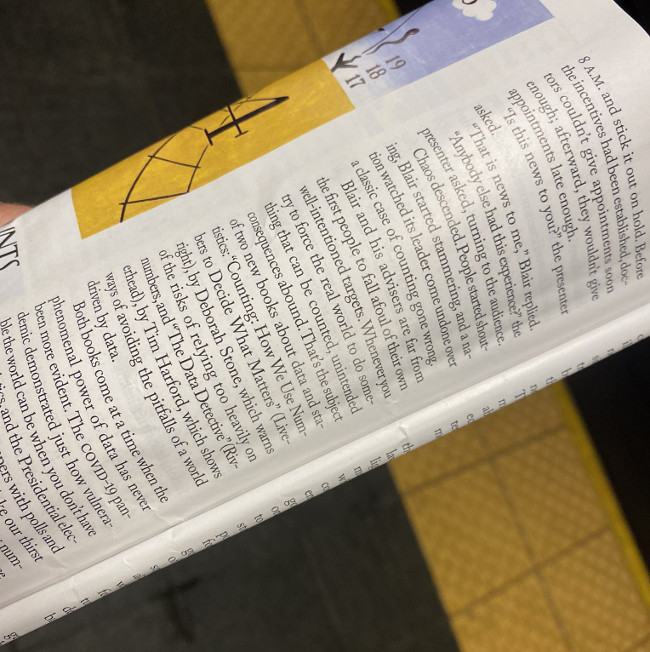 This Month: Starting a hyperscale hardware company for the enterprise; The indiscriminate data harvesting of Google; machine learning vs. reinforcement learning; what are feature stores; Netflix moves to a GraphQL Federation gateway; The unintended consequences of monitoring; CSS and Tailwind complexity; And More! Click to Read More...
This Month: Starting a hyperscale hardware company for the enterprise; The indiscriminate data harvesting of Google; machine learning vs. reinforcement learning; what are feature stores; Netflix moves to a GraphQL Federation gateway; The unintended consequences of monitoring; CSS and Tailwind complexity; And More! Click to Read More...
Sun, 07 Mar 2021
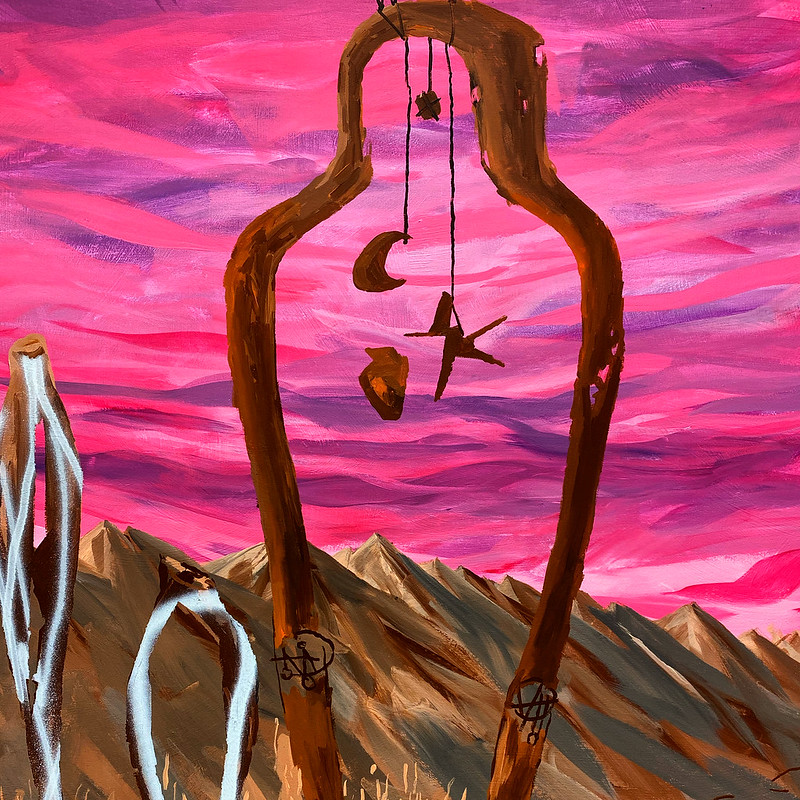 The Nahuatl (Mexicano) word Nepantla means the thresholds between worlds. This Garth Greenan (NYC) exhibit explores the complex spiritual potential of this space with the paintings (and sculpture) of Esteban Cabeza de Baca. Cabeza de Baca grew up in San Ysidro, the border town between San Diego and Tijuana. Click to Read More...
The Nahuatl (Mexicano) word Nepantla means the thresholds between worlds. This Garth Greenan (NYC) exhibit explores the complex spiritual potential of this space with the paintings (and sculpture) of Esteban Cabeza de Baca. Cabeza de Baca grew up in San Ysidro, the border town between San Diego and Tijuana. Click to Read More...
Thu, 04 Mar 2021
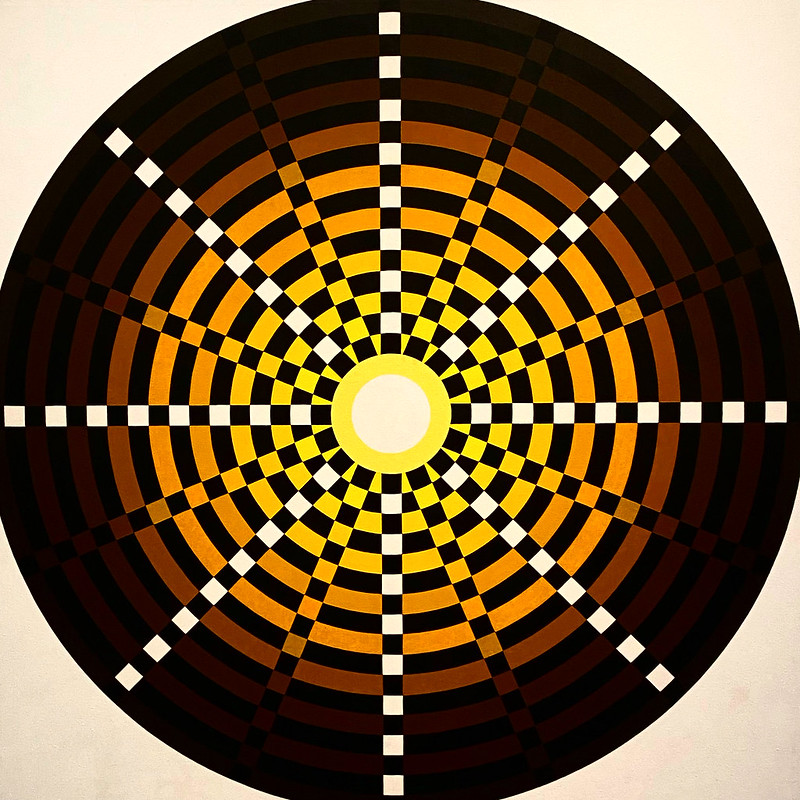 Op Art from the 1960s was not what a painting was about, but how the painting could fuck with your head, using sly tricks of perception. The new Mary Dill Henry exhibit, Love Jazz, at Berry Campbell Gallery, collects paintings this Op Art pioneer completed between 1965-70. In her 50s by this time, she had reached her signature style, one of oscillating shapes that formed kinetic patterns and optical illusions. Click to Read More...
Op Art from the 1960s was not what a painting was about, but how the painting could fuck with your head, using sly tricks of perception. The new Mary Dill Henry exhibit, Love Jazz, at Berry Campbell Gallery, collects paintings this Op Art pioneer completed between 1965-70. In her 50s by this time, she had reached her signature style, one of oscillating shapes that formed kinetic patterns and optical illusions. Click to Read More...
Mon, 01 Mar 2021
 Everybody knows Google collects a lot of personal data. And we are all more or less OK with that. But as all this info gets fed into the mighty Google machinery for creating artificial intelligence (AI), a lot of bad human instincts get mixed in with the results. Trace elements of racism, hatred, and violence which are all embedded in the models Google uses to appeal to our sympathies, i.e. to influence our behavior. Click to Read More...
Everybody knows Google collects a lot of personal data. And we are all more or less OK with that. But as all this info gets fed into the mighty Google machinery for creating artificial intelligence (AI), a lot of bad human instincts get mixed in with the results. Trace elements of racism, hatred, and violence which are all embedded in the models Google uses to appeal to our sympathies, i.e. to influence our behavior. Click to Read More...
Sun, 28 Feb 2021
 This Month: A machine learning hack for corrupting AI models; the last strand breaking is not the cause of failure; how analog computers work; some tips about game theory; Linux Seccomp Notify extends out to file management; How software updates can be hijacked to infiltrate software supply chains; Monorepo or Multi Repo? The Scunthorpe Problem; And more! Click to Read More...
This Month: A machine learning hack for corrupting AI models; the last strand breaking is not the cause of failure; how analog computers work; some tips about game theory; Linux Seccomp Notify extends out to file management; How software updates can be hijacked to infiltrate software supply chains; Monorepo or Multi Repo? The Scunthorpe Problem; And more! Click to Read More...
Sat, 20 Feb 2021
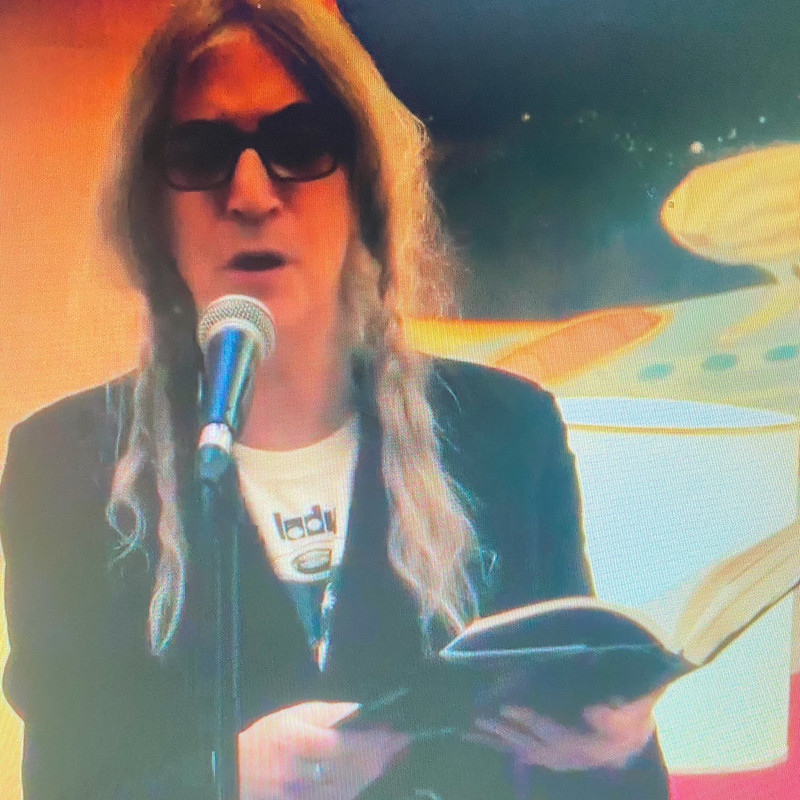 Fifty years ago this month, Patti Smith read her poetry for the first time in public, at St. Mark's Church New York City (near Astor Place), inviting friend and record store clerk Lenny Kaye to add some biting guitar. Thus was born the Patti Smith Band and, to a certain extent, punk rock itself. Robert Mapplethorpe, Sam Shepherd, Allen Ginsberg, Todd Rundgren, Lou Reed, Sandy Pearlman and others attended. This 50th anniversary virtual show kept the low key intimacy of a poetry reading, honoring those in attendance that night who have since passed, but also offering hope for the future: we will live again, we will live. It was a powerful performance for a challenging time. Click to Read More...
Fifty years ago this month, Patti Smith read her poetry for the first time in public, at St. Mark's Church New York City (near Astor Place), inviting friend and record store clerk Lenny Kaye to add some biting guitar. Thus was born the Patti Smith Band and, to a certain extent, punk rock itself. Robert Mapplethorpe, Sam Shepherd, Allen Ginsberg, Todd Rundgren, Lou Reed, Sandy Pearlman and others attended. This 50th anniversary virtual show kept the low key intimacy of a poetry reading, honoring those in attendance that night who have since passed, but also offering hope for the future: we will live again, we will live. It was a powerful performance for a challenging time. Click to Read More...
Wed, 17 Feb 2021
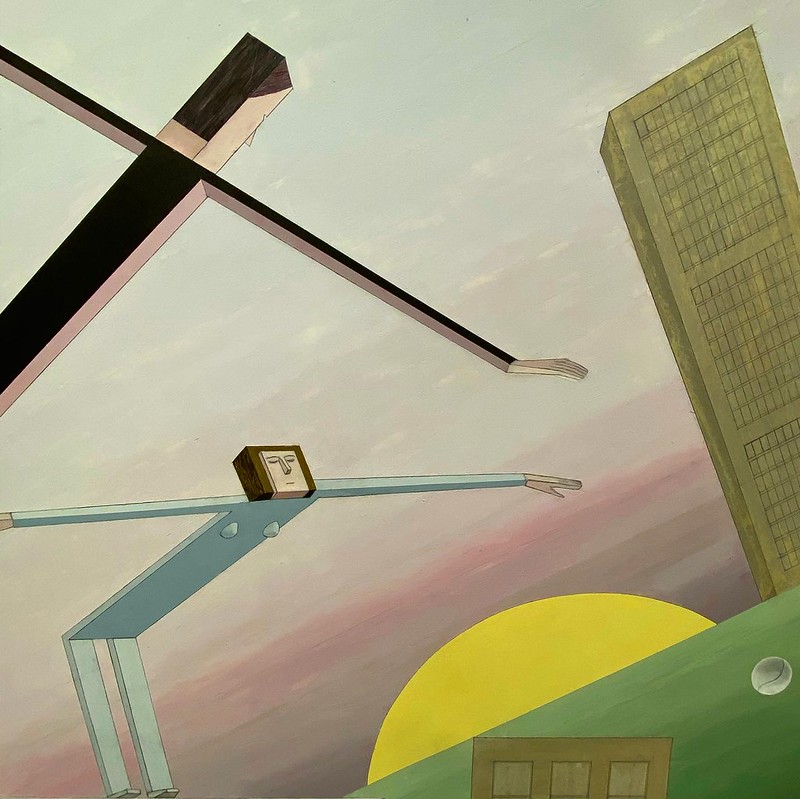 Measures that become targets cease to be measures; AI confused by jumbled sentences but can make avocado chairs. Why Optimization is forever at odds with efficiency; Configuration-as-code is better than Infrastructure-as-Code; The dangers of equating emotion with weakness; Strange spatial dimensions and time-striped event horizons; Genetic Assertive Mating... Click to Read More...
Measures that become targets cease to be measures; AI confused by jumbled sentences but can make avocado chairs. Why Optimization is forever at odds with efficiency; Configuration-as-code is better than Infrastructure-as-Code; The dangers of equating emotion with weakness; Strange spatial dimensions and time-striped event horizons; Genetic Assertive Mating... Click to Read More...
Tue, 16 Feb 2021
 About 10 years ago, I embarked on a project to parse the contents of the hulking XML file that iTunes creates to hold all the metadata about the music I listen to. There is a ton of interesting info buried in there about my listening habits. Interesting to me, at any rate. And this project is where I learned how to decode the nine-digit Play Date tag, and how the format follows a tradition that goes all the way back to the birth of the Apple Macintosh itself. Click to Read More...
About 10 years ago, I embarked on a project to parse the contents of the hulking XML file that iTunes creates to hold all the metadata about the music I listen to. There is a ton of interesting info buried in there about my listening habits. Interesting to me, at any rate. And this project is where I learned how to decode the nine-digit Play Date tag, and how the format follows a tradition that goes all the way back to the birth of the Apple Macintosh itself. Click to Read More...
Tue, 09 Feb 2021
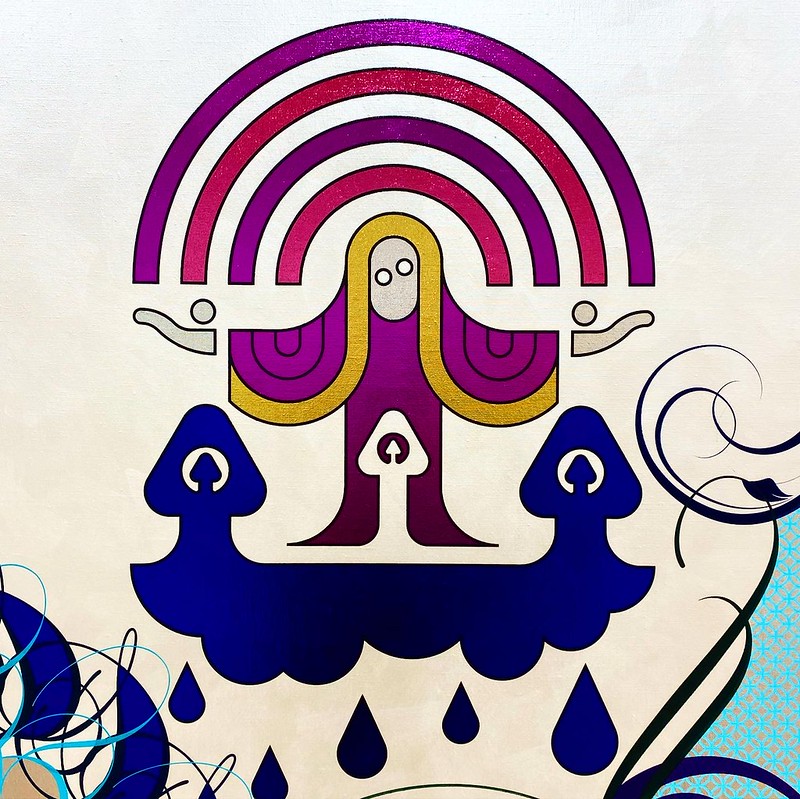 First of all, Fuck Apple, for what it did to the music business. For those of you wondering how to fix the problem of the proliferating shadow album ratings (which has been a problem in iTunes for a decade), Imma get to that in a minute. But first I want to say Fuck Apple for promising to save the recorded music industry in 2001 with its iPod, only to relegate music to just another neglected feature on the iPhone two decade later. Click to Read More...
First of all, Fuck Apple, for what it did to the music business. For those of you wondering how to fix the problem of the proliferating shadow album ratings (which has been a problem in iTunes for a decade), Imma get to that in a minute. But first I want to say Fuck Apple for promising to save the recorded music industry in 2001 with its iPod, only to relegate music to just another neglected feature on the iPhone two decade later. Click to Read More...
Mon, 01 Feb 2021
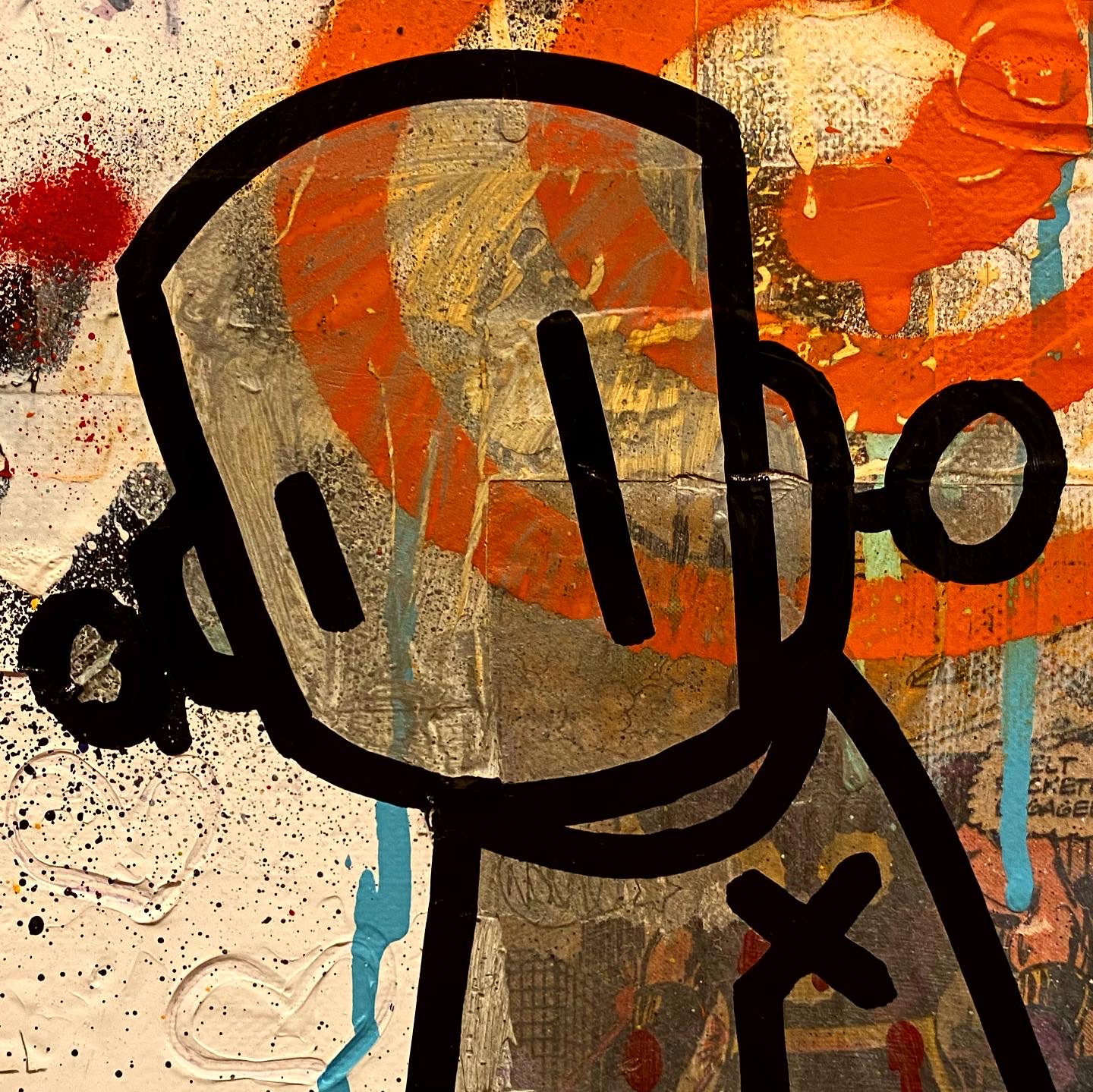 In many ways, picking through the documentation for the Apache HTTP Server is a bit like wandering
around an advanced and slick, though recently-neglected, spaceship. There are great capabilities buried underneath the dusty control panel, but there is not much immediate guidance on how to make it all work. So you copy and paste your way to a working runtime, fingers crossed. Or, at least this is what it feels like for Apache Server-Side Includes (SSI), an ostensibly handy feature to embed bits of logic or text files within a web page. Click to Read More...
In many ways, picking through the documentation for the Apache HTTP Server is a bit like wandering
around an advanced and slick, though recently-neglected, spaceship. There are great capabilities buried underneath the dusty control panel, but there is not much immediate guidance on how to make it all work. So you copy and paste your way to a working runtime, fingers crossed. Or, at least this is what it feels like for Apache Server-Side Includes (SSI), an ostensibly handy feature to embed bits of logic or text files within a web page. Click to Read More...
Mon, 25 Jan 2021
 Once you have set up some infrastructure, which is to say you have a virtual machine (or even a real one) running a Linux OS of some sort, the next step is to identify this machine as your own on the Internet. You need to connect your domain name to the server Internet address (IP number). And you need to have software to serve up your pages when visitors call -- the job of the Apache Web server in this tutorial. Click to Read More...
Once you have set up some infrastructure, which is to say you have a virtual machine (or even a real one) running a Linux OS of some sort, the next step is to identify this machine as your own on the Internet. You need to connect your domain name to the server Internet address (IP number). And you need to have software to serve up your pages when visitors call -- the job of the Apache Web server in this tutorial. Click to Read More...
Wed, 20 Jan 2021
 Painter Audrey Stone uses color gradients to mark time, each color signifying a slow, methodical labor. According to the gallery, Stone would sometimes devote an entire day to painting a single color band. She worked on this series
of 18 paintings following the death of her mother. Click to Read More...
Painter Audrey Stone uses color gradients to mark time, each color signifying a slow, methodical labor. According to the gallery, Stone would sometimes devote an entire day to painting a single color band. She worked on this series
of 18 paintings following the death of her mother. Click to Read More...
| 2014 | 2015 | 2016 | 2017 | 2018 | 2019 | 2020 | 2021 | 2022 | 2023 |
|---|